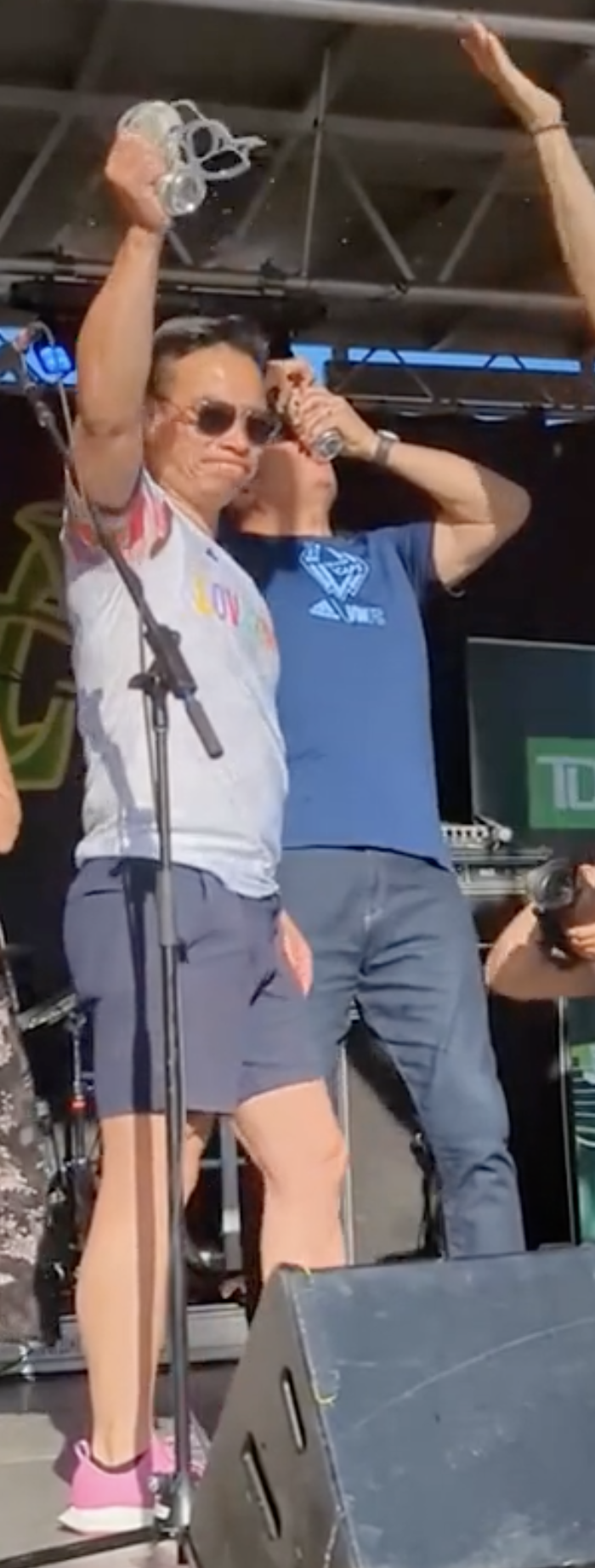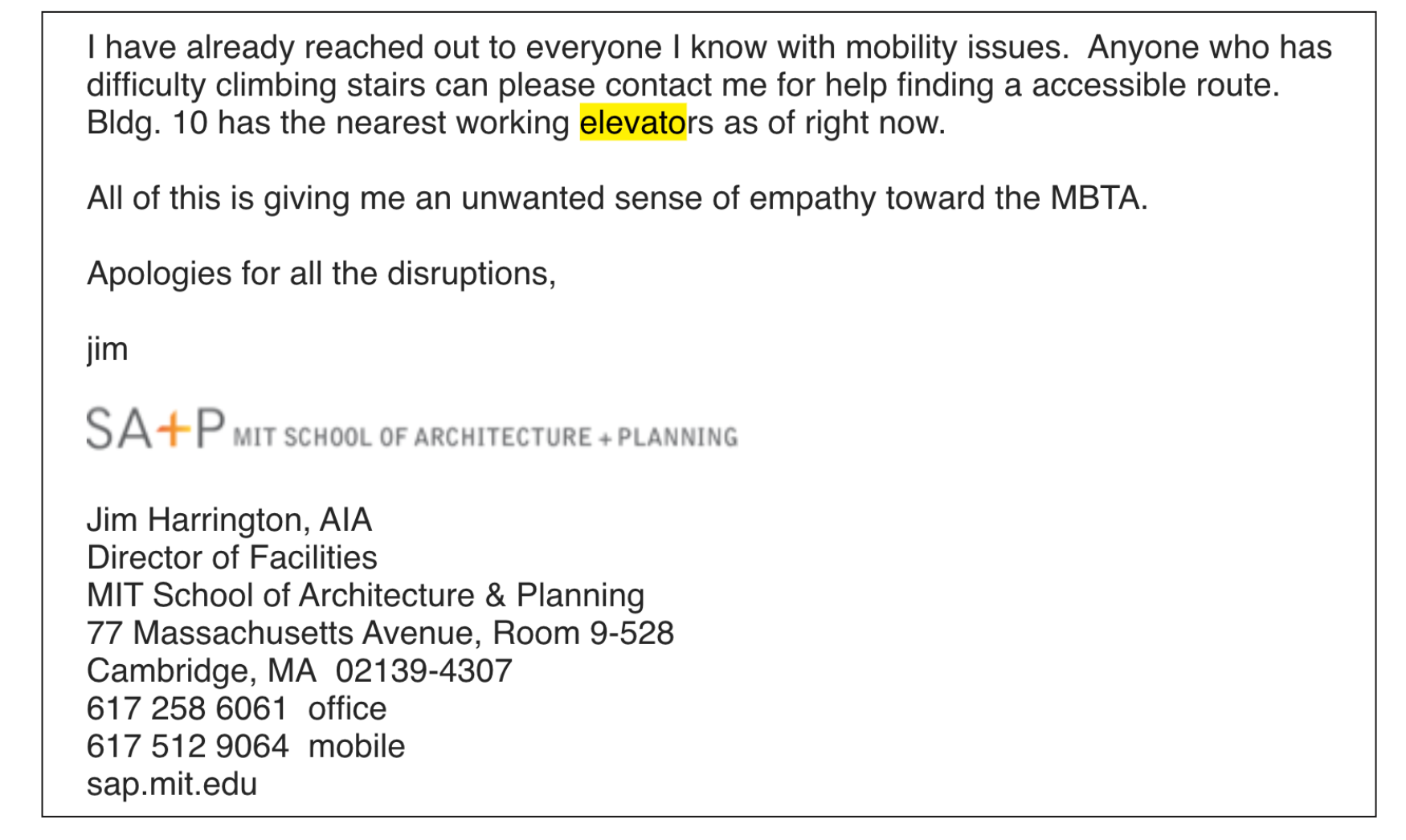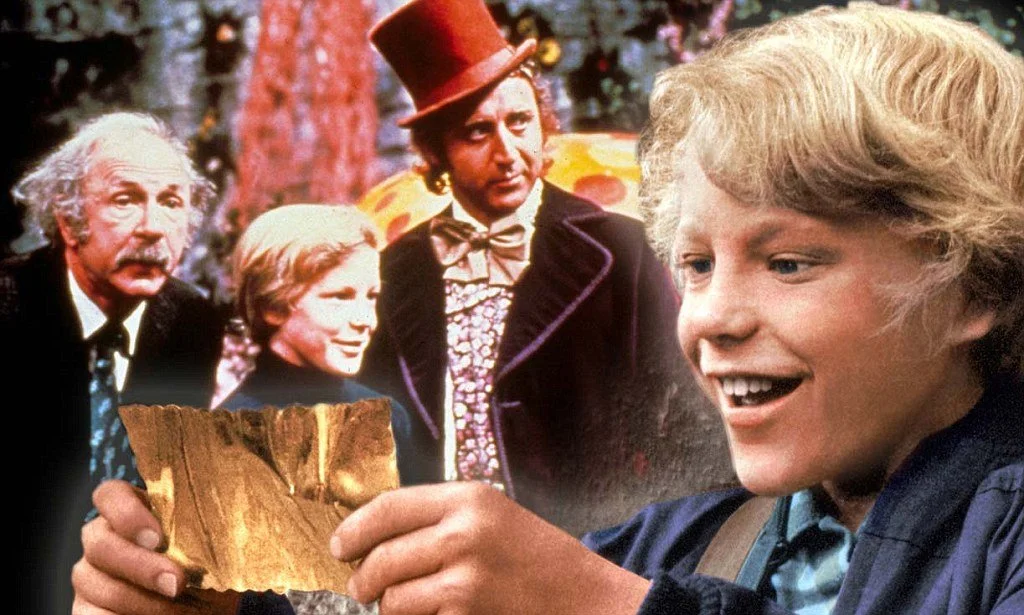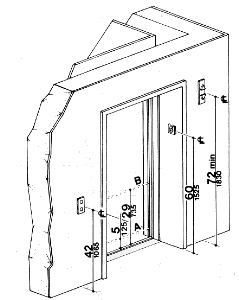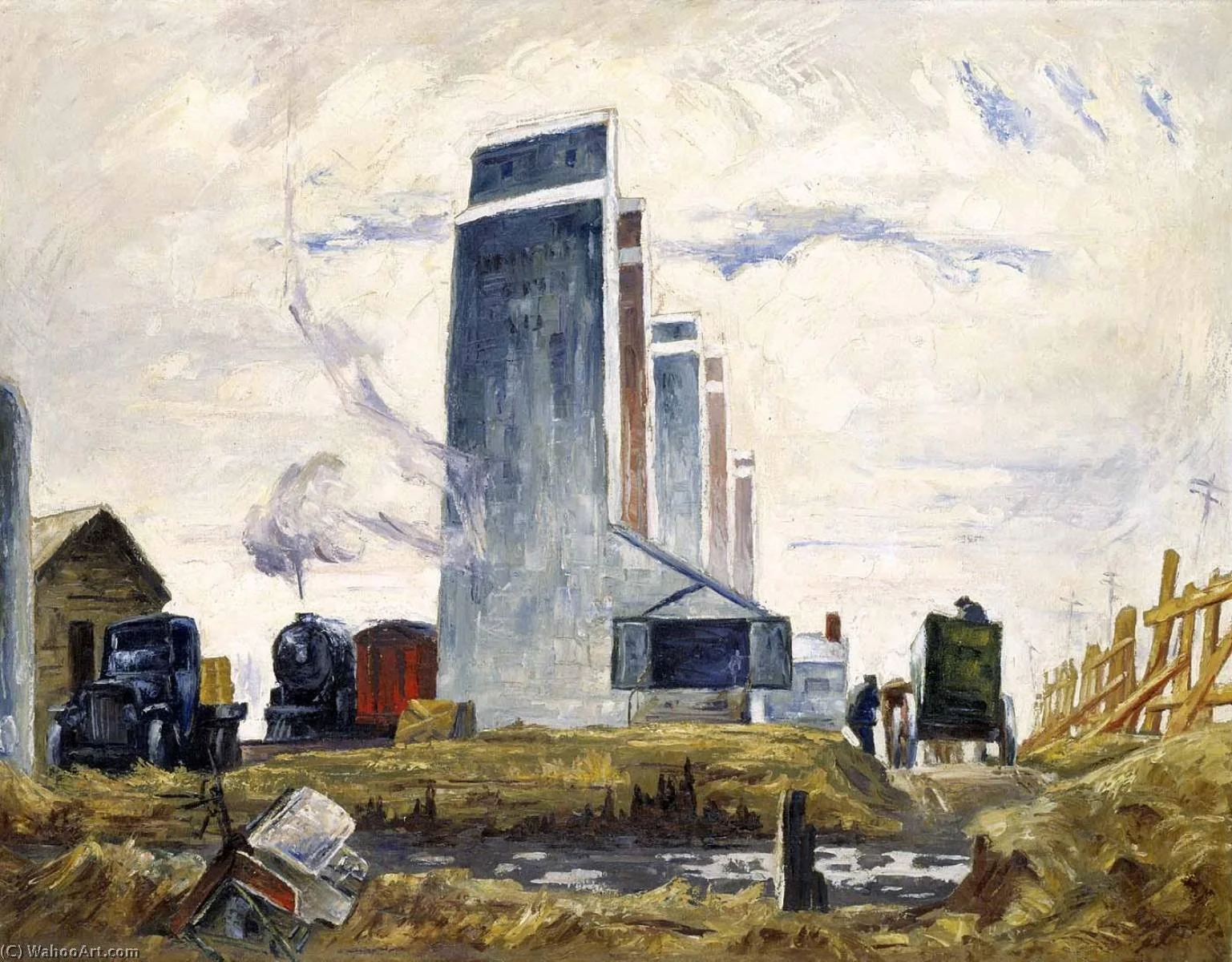Elevators: A Sense of Being Lifted
Scattered Thoughts While Riding an Elevator Cab
by Mingjia Chen
Mingjia Chen (he/they) enjoys documenting and reflecting on unassuming experiences as modes of inquiry into his work.
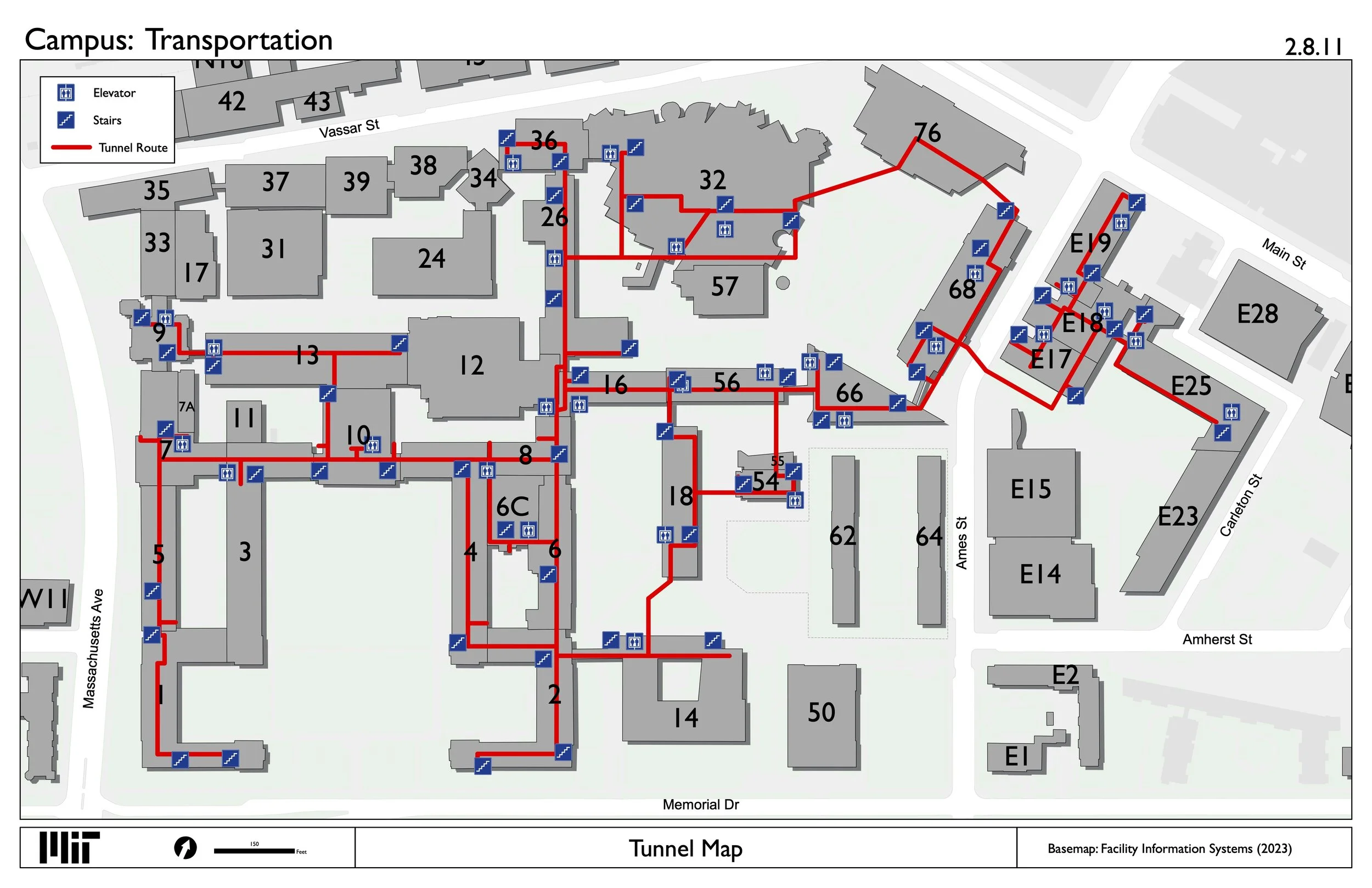
East-Asian-Ness
elevator as a sense of movement
In her interview with Homi K. Bhabha titled “Painted Power,” Trinh T. Minh-ha (1999) pointedly elucidated a counter argument against Bhabha’s advocacy for a form of cultural pluralism with clear demarcations. That within ethnicities there always exists a dominant voice and a minor voice; that diversity (and dissonance) always splinters the illusion of homogeneity for minority groups. Minh-ha describes the predicament in her own words:
“It is nothing new to say that sometimes I feel so comfortable being with the east-Asian communities because we find ourselves walking into each other’s heart with a minimum of words exchanged. […] But most of the time, I feel I’m utterly a stranger to these communities and their aspirations; to the way, yes, that each group fiercely plays the game of the dominant and denies what links it to other “minority” groups or to other contexts of post/colonization.”
Vancouver’s first Chinese ex-accountant mayor Ken Sim shotguning a beer
:)
Vancouver’s first Chinese ex-accountant mayor Ken Sim shotguning a beer :)
2. Savior-Institute
$$$$$$$$ CASH FOR KNOWLEDGE $$$$$$$
$$$$$$$$ CASH FOR KNOWLEDGE $$$$$$$
“During our trip to China from June 15 to 28th, we will collaborate with Tsinghua students and faculty (Prof. Liu Jian) to understand the challenges faced by Tangshan and spend time in both Beijing and Tangshan. Travel and accommodation will be fully funded by MIT.”
3. Elevators
elevator as a promised future
elevator as a one-way ticket
This situation resonates with me strongly. At MIT, an institution that boasts its inclusivity (but selective) and diversity (but representational) to the max, finding personal comfort sometimes meant self-manufacturing a sense of belonging with East-Asian-ness. But what does East Asian even mean?
One think of China as East Asian; Yet being Chinese could land anywhere between being a settler on Uyghur lands near Kazakhstan to being indigenous on the sub-tropical island of Hainan. One think of Japan as East Asian; but Okinawans are physically closer to Manila than Tokyo. Are North Koreans East Asian?
It is as Trinh T. Minh-ha proclaimed – “I feel I’m utterly a stranger to [East Asian] communities and their aspirations.” The strangeness, however, stems not from a lack of affinity or solidarity. Rather, one is a stranger to one’s own community because the definitions of such communities are unstable, always in flux.
Similarly, finding comfort as an immigrant also meant accepting a normative affinity (i.e. overseas Chinese, not necessarily diasporic). Such normative sense of belonging, however, are always overdetermined by its locale. Regardless how it views itself as the most East Asian city in North America, Vancouver had to contend with its troubled past and present: its infrastructure bear the sweat and blood of Chinese migrant workers; its racial exclusivity denoted by the internment of Japanese Canadians; its post-1980 skyline predominantly shaped by Hong Kong conglomerates; its East Asian narrative increasingly dominated by upper-middle class Chinese immigrants from the biggest metropolises. Watch Vancouver’s center-right Chinese Canadian mayor shotgun a can of beer in public, reminiscent of his UBC Sauder School of Business days.
Trinh T. Minh-ha reminds us that “[the] necessity to exile oneself from one’s own community and to maintain the differences within is also very much linked to the histories of the diverse communities.” (Minh-ha, 1999, 19) It is in this urban context that East-Asian-ness becomes unstable again.
In Vancouver, East-Asian-ness often meant being Chinese and being Chinese meant moving from Shanghai, Beijing, Shenzhen, or Hong Kong. For me, then, being Chinese in Vancouver meant having to explain my hometown to more dominant Chinese groups and having no luck finding food that felt like home in any Chinese restaurants. There are stereotypes within stereotypes, like a Matryoshka stacking doll. I was only able to see that I have been living in the peripheries of so-called China when I was distanced from it and encountering “more authentic” representations of it in the so-called “Vancouver.”
I could never be fully Chinese, and therefore could never be fully Canadian. I am relatively Chinese, and coarsely Canadian. (Being Canadian, like many things, requires representational clarity) Yet this unstable sense of Chinese-ness has afforded me a way to find some affinity, therefore, a floating feeling of being-at-home, by slipping somewhat uneasily into other peripheries of other minor hegemons.
Apart from standardized measures, what does MIT see through in its institutional eyes when it selects – or, in a way, when it lifts someone from their contexts(s)? Cultures, identities, and contexts are all perplexing and relational – therefore, unstable – and chaotic.
In What is Philosophy (1994), the French philosopher Gilles Deleuze attempted to construct a framework for anchoring the constantly fleeting and intermingling thoughts in human brains. “Nothing is more distressing,” proclaims Deleuze, “than ideas that fly off, that disappear hardly formed, already eroded by forgetfulness or precipitated into others that we no longer master.” (201) A dazzling chaos, from which we need protected for our own sense of security.
Like a fisherman, one attempts to capture thoughts by spreading a net into the chaos. Disciplines like "art, science, and philosophy," however, "require more: they cast planes over the chaos." (Deleuze, 1994, 202) It is as if one dips a piece of white cardstock into a pot of mixing colors to see what will be imprinted. Perhaps, to be selected into an institution of art, science, and philosophy, the applicant is required to also plunge into the soup of trajectories and attempt to articulate the unexplainable into a stable image. To write a personal statement is to drop a towel accidentally into a bowl of stew, and soak in the spices, the colors, and the oil.
4. Going Up - Going Down
What about our daily encounters with elevators? Between vertical movements, one waits and idles so very briefly. Between floors, one stands and suspends ever so lightly. The elevator cab is a transitory space - a moment in-between floors, programs, itineraries, and agendas.
What goes on in one’s mind as the elevator cranks up its gears and pulleys lifting bodies up its shaft? Is it a mental break, or does it incite anticipation? Perhaps a room for reflection? As such, would Trinh T. Minh-Ha consider elevator cabs spaces of intervals?
What does MIT see in me?
What world class problem does it expect me to solve?
Does it expect me to return to China?
To Canada?
Does it want me here?
Does it want to send me somewhere else?
It will not tell me.
Maybe all of them above. To quote from MIT International Science and Technologies Initiative (MISTI)’s mission statement:
“MIT is committed to working with others to bring knowledge to bear on the world’s greatest challenges.”
“MISTI empowers MIT students and faculty to advance knowledge and solve the world’s great challenges by connecting them with researchers, companies, and other partners around the world.”
Maybe we are all trained be science propagandists who are expected to engage with academic others: partners, interfaces, universities that somewhat became caricatures of their whole nation’s academic prowess. The feeling of being lifted via “native” representation and the subsequent expectation to represent MIT becomes concrete when an email slides into my inbox titled: China Urban Design Workshop (Travel June 15-28, 2024).
I take an excerpt to illustrate my point:
Growing up in China one cannot avoid the intimidating aura of Tsing-hua University. For me, like for most, such an elite institution was unattainable, and unthinkable. It is not an institution that selects, but a mechanism that filters, eliminates, and disqualifies.
Yet through the eyes of MIT, it became a mere collaborator on the ground – a sort of elite “native informant,” in Spivak’s words. Moving through the public education system, one is always reminded that the individual always acts as the representation of larger groups they sit in. Class, year, school, district, city, province, nation. (But not economic class and not gender) In that sense, Tsinghua students suddenly became agents of representation: both receiving and making sure that the fully funded parachute kids are not lost, at the expense of devaluing itself.
Moments of institutional othering happens every day when MIT parachutes its students. In a conversation with a student from Universidade Federal do Amazonas (UFAM) in Manaus, AM, Brazil, I learned that the students working with us had zero institutional reimbursement for food or transportation. “Don’t worry about it,” they sighed, “we are pretty used to it.”
MIT, then, is a fast-track elevator for upward mobility and social placement. As if we are in a hotel, only those who hold key cards for 22nd floor and above get to ride the elevators that speed to the roof lounge.
A tongue-and-cheek analogy, MIT hands out elevator fobs to those that it thinks can be fast-tracked to bypass the ladders of social mobility. I have been struggling to cope with this sense of being lifted up, all of a sudden, bearing a name much heavier than the self and being seen as a set of clean-cut categories that do not all feel necessarily true. Many questions emerge, but the one central to me has always been: do they allow this elevator to ever go down? Or is this a one-way ticket?
Of course, an elevator can move in two vertical directions. However, people tend to emphasize on moving up more than down. The elevator that brings one to the roof at Hudson Yards is the most exciting when it accelerates towards the sky. The mechanized elevator voice “Going UP” has a more rising inflection than the downwardly pointing “Going DOWN.” After all, ascensions defy the laws of gravity while descensions are to be expected. Even when an elevator is going down, it is still lifting you up – elevators are designed to move people down at safe speeds (and not at dropping speed) by providing an upwards resistance force.
The bodily motion of riding an elevator, then, is always consistent with an upwardly motion. In parallel, the societal motion of class placement is always consistent with an upwardly motion too. While most strives to move up, very few are willing to descend the social stratum. It takes great courage to do so consciously – think about French philosopher Simone Weil’s experience as an autoworker at Renault. Elevators thus embodies a powerful metaphor for individual movements within the social structure.
elevator as a spectacle of mobility
IT IS TOTALLY SAFE
〰️
IT IS TOTALLY SAFE 〰️
“Intervals allow a rupture with mere reflections and present a perception of space as breaks. They constitute interruptions and irruptions in a uniform series of surface; they designate a temporal hiatus, and intermission, a distance, a pause, a lapse, or gap between different states: and they are what comes up at the threshold of representation and communication – what often appears in the doorway … there where the aperture is also the spacing-out of disappearance.” — Trinh T. Minh-Ha on Intervals
I think the elevator is a fascinating conceptual tool. It was maybe the first apparatus that generates a sense of bodily motion that defies what our bodies’ expectation. We are moving up vertically but not gaining horizontal distance. We are moving down steadily but not dropping at the speed of gravity.
As such, elevators can help us think about how we have oriented ourselves and our social endeavors around verticality. Here, I provide a few stimulants (or appetizers) for thinking about, thinking with, and thinking in an elevator cab.
Modern elevator’s origin is a disputed one. According to the elevator manufacturer Otis, it was Elisha Otis who “heralded the birth of the elevator industry” in 1854 when he successfully demonstrated his “automatic safety catch” design. (Bernard, 2014, 2) This moment of spectacle was celebrated by architectural historians unconditionally as an inflection point in modern buildings that changed how interior spaces are organized. The event, however, were barely noticed by the public. (Ibid, 7) In fact, Otis Brother Company had to rewrite this minor event into the founding narrative that Otis invented the modern elevator. The illustration of this experiment, which tells the story so compellingly, was not produced until 1978. (Ibid, 11)
Fictional or not, the spectacle of modern elevator lies in the fact that its success is contingent on the fact that nothing happened. Anti-climax as a denouement. Non-event as a Triumph. Unlike other transportation technologies, elevator accidents are hardly documented because they are invisible – “enclosed shafts make the moment of accident impossible to witness.” (Bernard, 2014, 23) Therefore, for the passenger elevator to be accepted, it “first had to explicitly guarantee the safety of the unstable principle of suspension.” (Ibid, 27)
Once proven safe, elevator’s presence as a novel mode of upward movement quickly gained traction as a status symbol and enabled drastic increase in building heights. (Bernard, 2014, 18) It was rumored that at the IAPETEC Building, the first tall building constructed in Manaus, AM, Brazil, skeptics, critics, and passersby would frequent the building and loiter for an elevator ride. Buildings are ever taller since the invention of elevator, just as job markers are ever more competitive since the inflation of bachelor’s degrees. Perhaps, it is no coincidence that a violation of university conduct policy yields an “suspension” – a latent, uncertain danger where one might drop down the social ladder (or elevator shaft). Elite institutions like MIT, then, are the elevators that move people up to Babel’s viewing deck – but with no return. A constant self-defeating process that nonetheless yields a social spectacle of upward class migration.
Source: Bernard, Andreas. Lifted : A Cultural History of the Elevator. New York: New York University Press. 2014
Clyfford Still, Row of Elevators, ca. 1928-1929, oil on canvas, 34 1⁄4 x 44 1⁄2 in. (87.0 x 112.9 cm.), Smithsonian American Art Museum, Gift of International Business Machines Corporation, 1969.128
If institutions, like elevators, lift one’s perceived social class, it must also promise the “success” attached to such a sense of elevation. Therefore, elevators are necessarily promissory. The promise is mundane when one is riding a passenger elevator: it promises you the floor you requested and will lift you there safely. Elevators built for goods, however, tend to make promises much larger – some even promises an entire regional economy.
Grain elevator it a type of mechanized silo that allow automated storage, weighting and redistribution of wheat grains. Predominantly visible in the Mid-West such Illinois, Minnesota or Saskatchewan, grain elevators have an odd presence in the vast, golden-yellow landscape of the North American Prairies. Its existence is sublime: extremely tall and monochrome. According to the environmental historian William Cronon, much of urban Chicago’s initial development owes its dues to its comprehensive grain elevator system connected to riverways and railroads:
“Grain entered the structure on an endless steam-powered conveyor belt to which large scoops or buckets were attached. After riding the buckets to the top of the building, the grain was weighted on a set of scales – a technique that soon encouraged Chicago dealers to define their standard bushels according to weight rather than volume. Grain dropped out the bottom of the scale into a rotating chute mechanism, which elevator operators could direct into any of the numbered bins inside the warehouse. Once it was inside the bins, workers could deliver grain to a waiting ship or railroad car simply by opening a chute at the bottom of the building and letting gravity do the rest of the work.” (Cronon, 1991, 111)
What each farmer loaded into the elevator did not matter – the grain became indistinguishable once the grains were elevated up into the silo:
“Farmers and shippers delivered grain to a warehouse and got in return a receipt that they or anyone else could redeem at will. Anyone who gave the receipt back to the elevator got in return not the original lot of grain but an equal quantity of equally graded grain.” (Cronon, 1991, 116)
In a sense, the grain elevator system became a currency-issuing system. As the possession of grain was alienated from its physical form, grain quality did not matter anymore. As grain elevators promised unconditionally, they were quickly being taken advantage of. Soon farmers started to load dirty grain in the elevator in exchange for relatively clean batches. It became a short cut for short-term economic success that was quickly spoiled. Chicago quickly became notorious for its particularly dirty and bad grain produce. (Cronon, 1991, 117)
Source: Cronon, William. Nature’s Metropolis :Chicago and the Great West. New York: W.W.Norton, 1992.
In the 2005 iteration of Charlie and the Chocolate Factory , Charlie, the working-class white boy who lived with his extended family of parents and grandparents in a stilt house on the edges of Willy Wonka’s factory town, became the last lucky child to find one of Mr. Wonka’s golden tickets. Charlie, who eventually emerged from other kids as the potential inheritor of the chocolate factory, initially turned down Mr. Wonka’s offer as he had to leave his family members behind permanently. Throughout the film, we learned that Charlie was non-competitive, genuinely curious, and open-hearted about moments that defied cultural conventions and clues. It is his innocence that convinced Mr. Wonka to elect him as the next factory owner. Yet, it was precisely Charlie’s open heartedness that allowed him to see the emptiness and arbitrary sense of pride with inheriting the world-renowned chocolate factory.
Wonka’s factory was the fictional savior institute in this film — by selecting the lucky child based on good will and elevating him on a whim, Mr. Wonka believed that he was saving Charlie from his life. Charlie, however, operated in a different set of value system: he did not see factory ownership (becoming a paternal capitalist) as the ultimate life goal. Mr. Wonka was fully alienated — from his family, his workers, his passion for candies, and sense of self.

